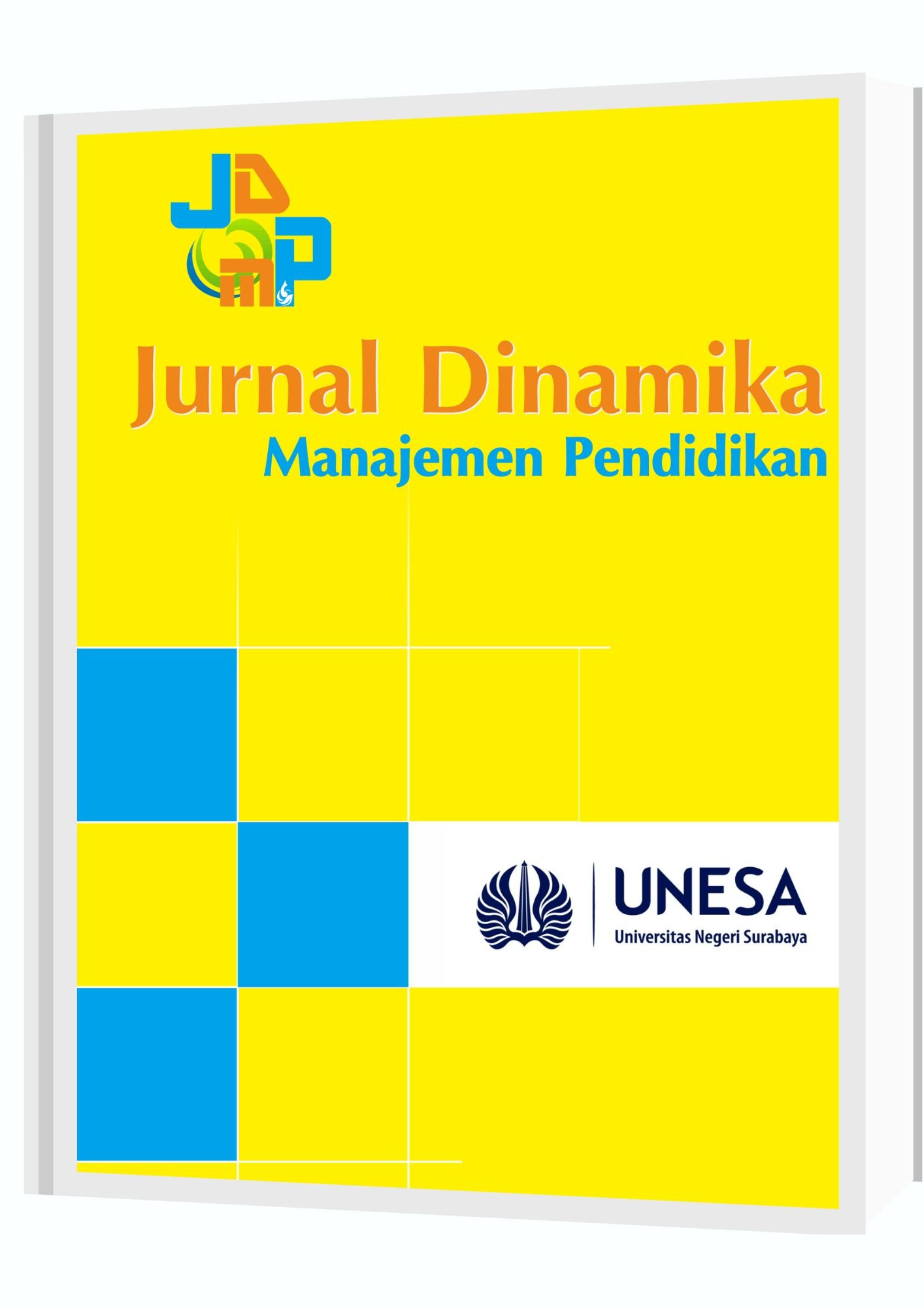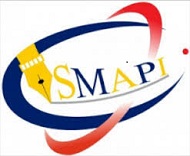EDUCATIONAL MARKETING STRATEGIES IN INTEGRATED ISLAMIC JUNIOR HIGH SCHOOL
DOI:
https://doi.org/10.26740/jdmp.v9n1.p54-66Abstract
This study analyzes the implementation of education marketing strategies in an integrated Islamic junior high school using the marketing mix theory. A descriptive qualitative approach was employed to collect data through in-depth interviews and observations. The research subjects consisted of school leaders, teachers, school committee representatives, and parents. The collected data underwent analysis with the assistance of ATLAS.ti software. The findings revealed that the school's marketing strategy encompasses market segmentation, targeting, and positioning that are customized to product characteristics, consumer demographics, and institutional capacity. The marketing strategy is anchored by the 7P framework, encompassing product, price, place, promotion, people, physical evidence, and process. The analysis revealed that the school demonstrated a predilection for conventional promotional strategies, such as socialization to proximate primary schools and word-of-mouth marketing. The effectiveness of marketing strategies is influenced by a multitude of internal and external factors, including the decline in public interest in education due to the pandemic. This study posits that collaboration with primary schools emerges as the most efficacious strategy for enhancing education marketing. The study's findings offer strategic recommendations for educational institutions seeking to enhance their marketing efforts, with the aim of increasing student enrollment and enhancing their reputation.
Downloads
Published
How to Cite
Issue
Section
License
Copyright (c) 2024 JDMP (Jurnal Dinamika Manajemen Pendidikan)

This work is licensed under a Creative Commons Attribution-ShareAlike 4.0 International License.
Copyright Notice
The copyright of the received article once accepted for publication shall be assigned to the journal as the publisher of the journal. The intended copyright includes the right to publish the article in various forms (including reprints). The journal maintains the publishing rights to the published articles.
The publisher publish and distribute the Article with the copyright notice to the JDMP with the article license CC-BY-SA 4.0.
 Abstract views: 124
,
Abstract views: 124
, PDF Downloads: 177
PDF Downloads: 177



















.png)
1.png)







.png)
